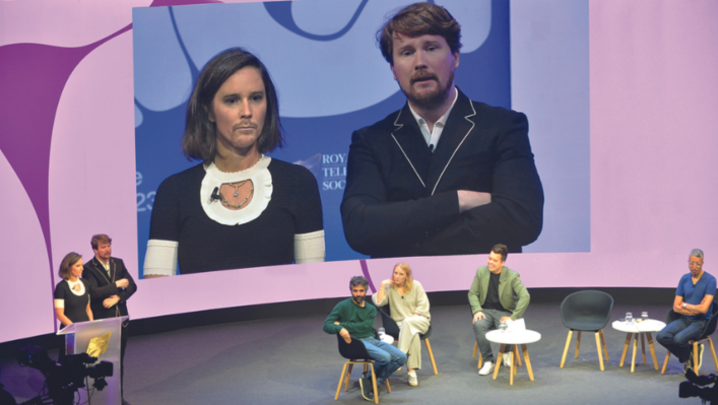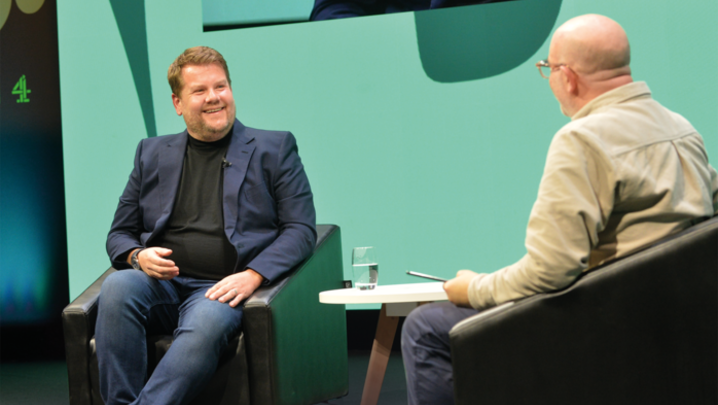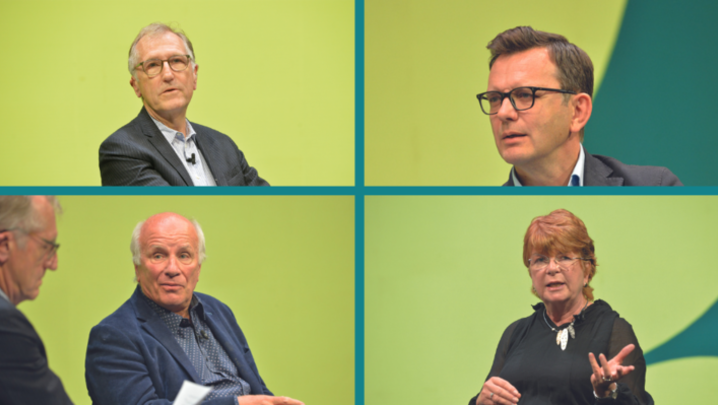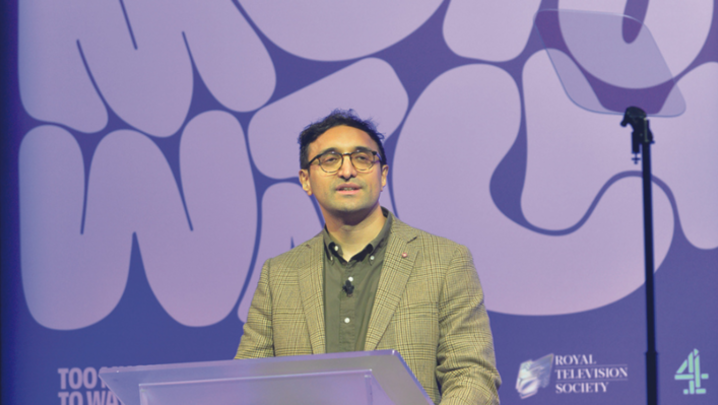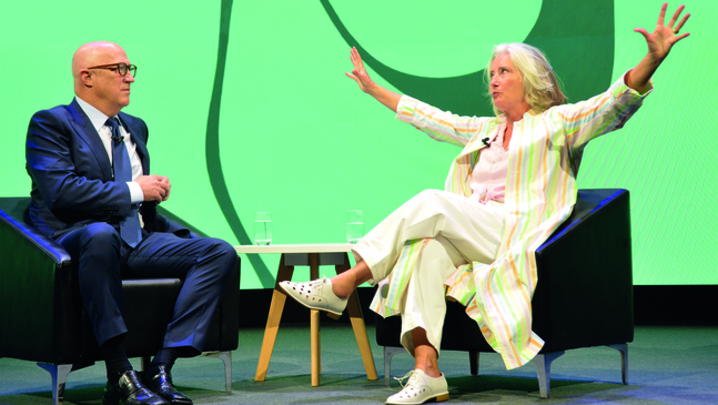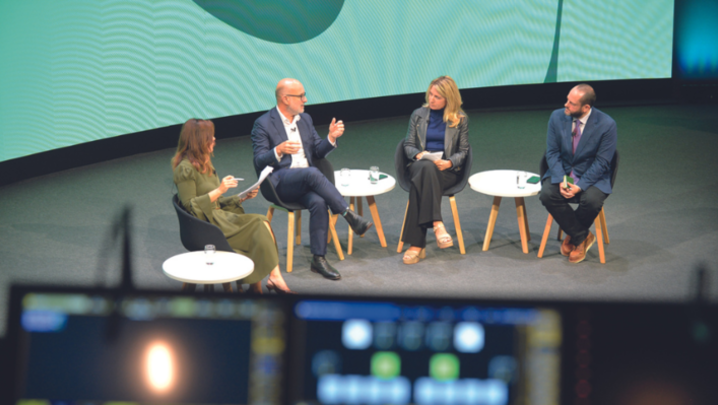In October, RTS London and the Institution of Engineering and Technology (IET) picked out the key trends on show at this year’s IBC broadcast technology exhibition and conference, held in Amsterdam
The first in-person IBC since before Covid demonstrated two big themes. First, the industry’s post-pandemic recovery was threatened by the worldwide cost-of-living and energy crises. Second, Covid had accelerated the adoption of Cloud-based working practices such as remote production – with perhaps five years of technical advances squeezed into two years.
The panellists were: Mehboob Siddiqui, client partner at NTT Data UK; Russell Trafford-Jones, Chair of the IET Media Technical Network; Muki Kulhan, innovation co-lead for the IBC Accelerator programme; Jonathan Chappell-Seetayah, IP broad- cast engineer at Timeline TV and RTS Young Technologist of the Year 2022; and Neal Romanek, editor in chief of Feed magazine.
Siddiqui said the pandemic had exposed weaknesses in the media industry, and efforts to tackle these had so far concentrated on cost-cutting and the push to enable more Cloud-based and remote working.
He predicted that the expanding 5G networks’ combination of low latency (or signal delays) and high bandwidth would accelerate television’s use of the Cloud. However, less than 10% of global broadcast infrastructure and workflow world- wide has so far made the transition to the Cloud.
At IBC, Siddiqui had been impressed by a new acronym: TAAS –TV as a service. “You can now rent the software and hardware to be a TV operator,” he explained. “You can hire the [distribution centre to make] a TV channel available on various set-top boxes.... This could have a future for linear-TV as well.”
He noted that, while streaming services had grown strongly during the pandemic, operators were now scrambling to expand FAST channels (short for free and ad-supported television) as consumers cut their spending on subscriptions.
Fellow panellist Russell concentrated on developments in sound technology: “Audio is lagging a little behind video (and that is not a lipsync gag) – there seem to be inherent problems with mixing audio in the Cloud.”
RTS Young Technologist of the Year Chappell-Seetayah looked at the future of linear-TV and predicted that it would eventually sit within the streaming platform. “It won’t fully die out because there are some events we all want to watch together.
“Streaming platforms will no longer provide just supplementary content to the main broadcasting environment – they will do all of that plus live events and use machine learning to provide content that we like. Big improvements in ease of use will be needed for linear-TV to sit comfortably within streaming. It will require a mindshift from broadcasters.”
The RTS/IET event was hosted by journalist Nadine Dereza and produced by digital consultant Terry Marsh.


